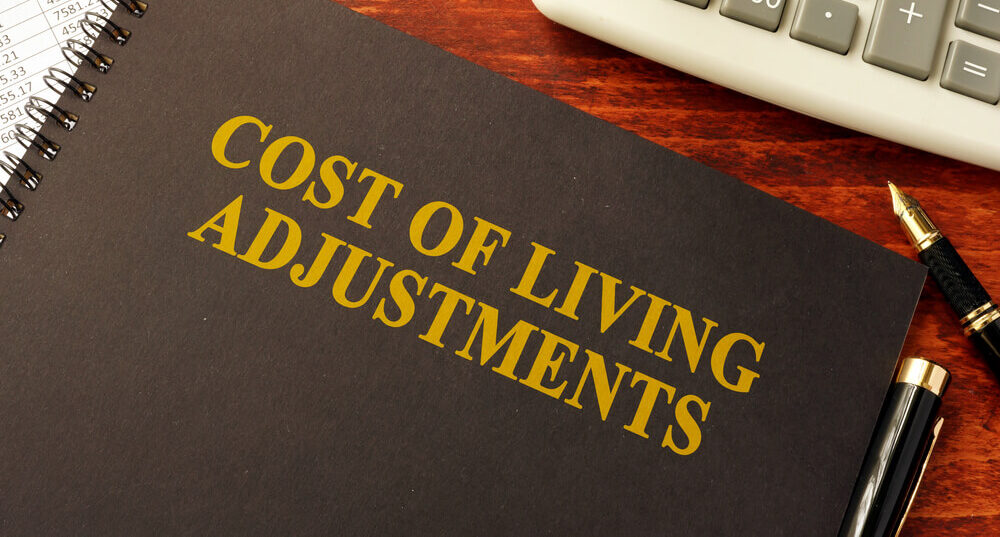Apparently, Social Security can’t keep up as rising costs hit a growing market of senior citizens.
According to a study released by The Senior Citizens League, Social Security benefits have lost 33% of their buying power since the year 2000, and cost-of-living adjustments (COLA) aren’t in line with inflation and increased costs on essential goods like prescription drugs. The COLA increased by 2.8% in 2019.
“One would think that a higher cost-of-living adjustment in 2019, combined with relatively low inflation, would lead to an improvement of buying power in Social Security benefits,” said Mary Johnson, a Social Security policy analyst for the League and author of the study. “But any improvement was offset by spiking costs of essentials, including out-of-pocket spending on prescription drugs.”
The study found that cost-of-living-adjustments increased Social Security benefits by 50% from January 2000 to January 2019, but goods and services costs rose a staggering 100.3% in that same time period. Prescription drugs prices skyrocketed during that time frame, with the average cost rising from $1,1102 annually in 2000 to $3,891.90 in 2018, a 253% increase.
Other essentials that topped the list are monthly Medicare Part B premiums (198%) and annual homeowner’s insurance (199%). Part B premiums are not currently factored into the COLA equation despite more than tripling in cost since 2000. The data shows that 25 of the 39 items examined exceed the 50% COLA growth rate over the past 20 years.
“This study illustrates why legislation is needed to provide a more fair and adequate COLA,” Johnson said. “To put it in perspective, the same $100 worth of groceries that a retiree household could buy in 2000, can only buy $67 worth today.”
According to the Seniors Citizens League, most of the 60 million Americans who get Social Security benefits rely on it for 50% of their income while one-third of beneficiaries use it for 90% of their income. With so many relying on these monthly checks, individuals may run into trouble as costs continue to rise.
“When costs climb more rapidly than benefits, retirees must spend down retirement savings more quickly than expected,” Johnson said, “and those without savings or other retirement income are either going into debt, or going without.”




